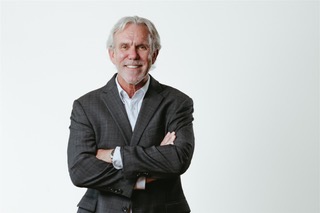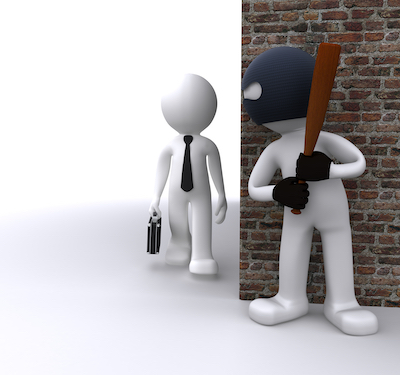By Tim Keck
“He didn’t react well. In fact, many people are afraid of him,” she said with a troubled look on her face.
Laura from HR was an accomplished senior leader in a well-known regional company. She was smart, savvy, and experienced in business and life. But she didn’t have an answer for the problem of what might happen after Friday’s meeting. How could she?
As organizations struggle to cope with our nation’s escalating violence, the burden of managing this problem at work has fallen mostly on HR professionals. It shouldn’t be that way. But it is.
How realistic is it to think that someone whose career has involved building a strong culture, managing performance, acquiring talent, and ensuring compliance will somehow be successful at managing violence? It’s about as realistic as asking you to work a protection detail for the President of the United States or asking a Secret Service agent to take your place in this afternoon’s compensation meeting.
Without training, mentorship, and experience, the failures could be catastrophic on both sides.
Here are three things you can do, as an HR professional, to navigate the growing violence in our culture:
1. Request More Training – In the case of a violent event at your organization, nothing offers higher liability protection than additional training. If your proposal is accepted, your employees get trained. That’s a win. If it is rejected, at the very least, you can protect yourself (and your career) by showing you tried to get education for yourself and your organization.
2. Seek Better Training – Virtually nothing has changed in our response to workplace violence for forty years. That’s four decades of doing the same thing and expecting a different result! We can do better. Virtually all active shooter training (Avoid-Deny-Defend, ALICE, Run-Hide-Fight, etc.) begins with what to do when the bad guy shows up with a gun. But what if the bad guy never showed up in the first place? It seems like that would be better.
Our friends at the Secret Service know this is true, and they use a process known as Threat Assessment and Management (TAM) to protect POTUS. This methodology is so effective that there hasn’t been an actual attack on a president since Reagan in 1981. But the best news is that TAM isn’t about sidearms and sunglasses; it’s about knowing the warning signs and de-escalating the situation. If it works for the USSS, it can work for us.
3. Partner with a Threat Management Firm – You do not have to face this alone. Why would you even try?
- Is it the cost? Our initial assessment of your situation is absolutely free.
- Is it because you don’t know who to call? You can call us or Gavin de Becker (gdba.com), Park Dietz (taginc.com), or anyone else specializing in threat management.
- Is it because you don’t want to admit you don’t know what to do? No one in your profession knows what to do. That’s why we exist, to be your partner in keeping people safe.
If you’re still not convinced you need an expert to assist you, it’s probably because you believe one of these myths:
1. It will never happen to us. This one is insidious because it probably won’t happen to you statistically. But it absolutely can. No one thinks something will happen to them until it is happening to them.
2. It can’t be predicted. Violence in any form is seldom random. If you know what to watch for, you can almost always see it coming. In the aftermath of any mass shooting, we learn of many red flags that were ignored for months.
3. It can’t be prevented. Almost anything that can be predicted can be prevented. We use tradecraft to disrupt, distract, de-escalate, and defend our clients. We also teach them to do the same for themselves.
Our rate of success in preventing violent acts is 100% effective. That’s right, in over two decades of managing threats for celebrities, political figures, and regular folks, we have never allowed a threat to end in a violent act. Not even the dicey situation Laura from HR called us about. She trusted her instincts enough to call and get a second opinion. If you get a bad vibe about a situation, trust that if something feels wrong, something probably is wrong.
After investigating, we determined Laura was rightly concerned. Together we managed to prevent a planned deadly act, using skills we learned protecting cities, businesses, and VIP’s across the world.
We want to help you and your people both feel safe and be safe. Be the hero for your employees and get trained. Call 1-844-SAFEGROUP or safehavensecuritygroup.com today for vulnerability assessments, training, and consulting that keeps people safe. And remember, initial consultations are free.

